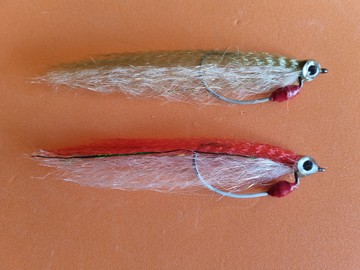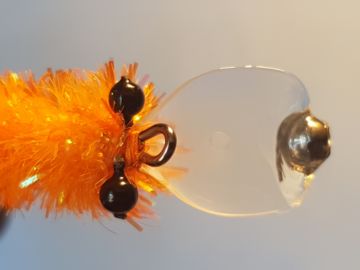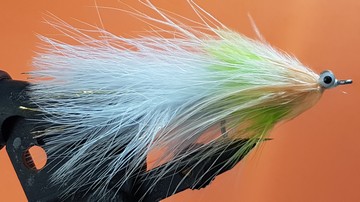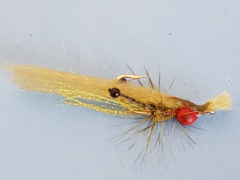Posts Tagged ‘Flathead’
{{start}}
Flathead are definitely one of the easier species of estuary fish to catch on fly. They will respond to a wide range of traditional and specialist flies and you will catch them as a by catch when you’re fishing to other species such as barra using big barramundi flies or tiny little flies that your targeting whiting on and everything in between.
When targeting flathead specifically my fly preference is size #2/0 and #3/0 flies for our standard 40-60 cm dusky flathead. Colour of flies is not as critical as for some other species but for clearer water focus on natural colours and translucent flies and for water with less visibility brighter flies and solid colours often work better.
If you want to increase your catch rate keep in mind that flathead are ambush predators and generally follow the ebbing out and lay in wait, often partially covered with a dusting of sand, to target fish and crustaceans to be flushed out of the shallows into deeper water.
Locations to consider on the falling tide include: drop off’s on the sides of rivers; the side of sand banks and rock bars in rivers and gutters coming out of mangroves in rivers and gutters both on beaches and sand bars.
As the tide starts to come in re-flooding the shallower areas mentioned above the flathead will follow and continue to feed on their target species as they move back up with the tide.
It’s surprising how far up a flathead will come to take a fly but you will definitely catch more flathead if you get your fly right down on the bottom and scratching up little puffs of sand occasionally as the fly is stripped in. Given the range of depths that flathead feed in your choice of fly line can be important and your actual choice will be dictated by the depth and bottom structure, the run of the tide, the wind and the type of the water you’re fishing.
The best retrieve is definitely a short strip that allows the fly to scrape the bottom occasionally stirring up a puff of bottom material and then lifting the fly just a few inches and then dropping it back to the bottom before repeating that process for the full retrieve.
{{end}}

{{+1}}Flathead{{-1}}
{{start}}
Flathead are definitely one of the easier species of estuary fish to catch on fly. They will respond to a wide range of traditional and specialist flies and you will catch them as a by catch when your fishing small flies (from a flathead's perspective) to species such as bream and whiting and relatively big flies (from a flathead's perspective) even when fishing for barra.{{end}}

{{+1}}Scrounger – articulated minnow{{-1}}
{{start}}
This is the third in my series of scrounger flies and like the scrounger baitfish and the scrounger jelly prawn it's tied on a worm hook which in soft plastic parlance is also referred to as a weedless hook and more often than not this fly can be retrieved not only through weed but also over or around most structure such as detritus matter, drowned timber, rocks etc, in rivers and lakes, without being snagged up.{{end}}

{{+1}}Adding lead to a “weedless” AKA “worm” type hook{{-1}}
{{start}}
Weight can be added to a fly in many different ways and they effect how the fly sinks and swims also in many different ways. This is how I add weight to weedless / worm hook when I am going to use the fly to make a fly similar to my Scrounger fly.{{end}}

{{+1}}Low snag fly – baitfish{{-1}}
{{start}}
This fly can be cast onto a muddy bank, right into mangroves and onto rock bars and then can be retrieved over and through all manner of structure with an extremely low incidence of getting snagged up.{{end}}

{{+1}}Baitfish fly- pink over pink and / or white{{-1}}
{{start}}
My clousers have progressively mutated to being tied out of synthetic Flash Blend. This is my best mutation to date and as well as being very durable it is slightly translucent and moves well in the water making the representation of a bait fish better than the original. It also sheds water well on the pick up and back cast making it easy to cast.{{end}}

{{+1}}Articulated slow roller – size #1 to #1/0{{-1}}
{{start}}
I tie these downsized version of my original articulated slow roller fly in sizes #1 and 1/0 sizes and fish them on my #8 weight fly rods with 20lb Maxima Ultra Green leaders. They are an absolute treat for native bass and all sorts of estuary and coastal species including bream, flathead, and mangrove jack and smaller pelagics including trevally and queenfish.{{end}}

















